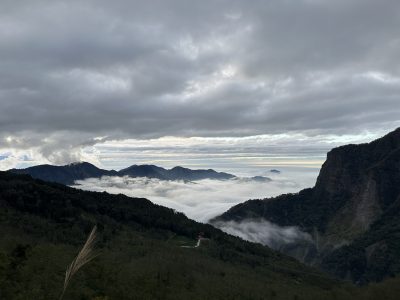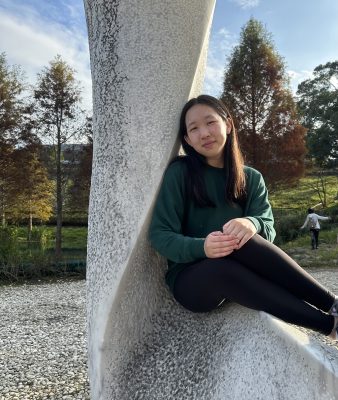
Hello! My name is Amber Hwang, and I joined the Natural Resources Conservation Academy as an Eco-Digital Storytellers Mentor. As a sophomore pursuing a dual degree in Environmental Studies and English with a minor in Geographic Information Science, I am guided by the narratives of place and justice that thread through our environment.
My experiences in Taiwan, beyond enriching my understanding of the intersectionality of environmental justice as marginalized communities face disproportionate impacts of climate change, helped me recognize how our identities and lived experiences are essential to environmental solutions. When teaching English at an elementary school in rural Taiwan, I had the opportunity to blend the Sustainable Development Goals into lessons, hoping to spark an early awareness of environmental and social justice topics. Sweeping through Taiwan that summer, Typhoon Gaemi revealed the social inequities that disasters bring to light alongside the urgent need for equitable education in underserved communities.
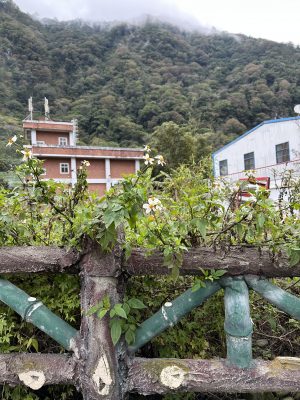
Learning about the deeply rooted culture and history of the Indigenous peoples in Taiwan during my time there as well as how their communities are most adversely affected by disasters has inspired an interest in Indigenous geographies and environmental justice in climate resilience. Professor Lamiña’s Indigenous Geographies in Abya Yala and Turtle Island class that I am currently taking has been eye-opening in encouraging critical thinking about how unraveling colonial cartographic construction and narratives is a way for us to build. From stories and spatialities to environmental policy and law, my interests carry an overarching belief in re-narrativizing climate stories, illuminating diverse voices in the environmental movement rather than reproducing historical silences and erasures.
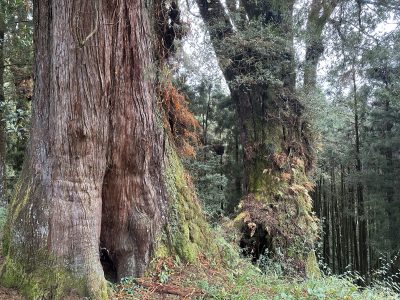
Through the fall Environmental Storytelling course, I have found a new passion in StoryMaps and exploring the relations between maps and storytelling, as we collaborated on projects using geospatial technology and digital media to radically imagine an inclusive environmental future. From Indigenous spatial art, I have learned that maps do not need to be perfect representations of reality but can be poems, songs, and storytelling. Other than learning at the convergence of the environmental humanities and environmental justice, I enjoy skiing, writing poetry, creating art, and volunteering at UConn’s Spring Valley Student Farm.
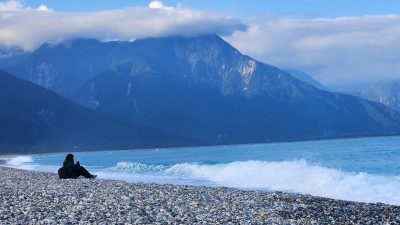
Centering diversity and inclusion in my involvement in UNICEF Campus Initiative, Ecoposium, Asian/Asian American Mentoring Program, and now Eco-Digital Storytellers, I hope to show students from underrepresented backgrounds that they belong in the environmental space and see themselves as changemakers in their communities. I am immensely grateful for this opportunity to grow as a climate storyteller and am excited to continue supporting high school students in Hartford with their environmental storytelling projects at the intersection of my passions for the art of storytelling, the geospatial, and environmental justice.

